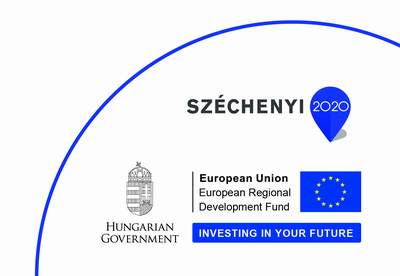You are here
Biome-BGCMuSo 5.0.1
Biome-BGCMuSo 5.0.1 is an IMPLEMENTED VERSION HERE
BBGCMuSo was developed from the Biome-BGC family of models (Thornton, 2000) and in this sense it is an extension and generalization of the Forest-BGC model for the description of different vegetation types including C3 and C4 grasslands (Running and Coughlan, 1988; Running and Gower, 1991; Running and Hunt, 1993; Thornton, 1998, 2000; White et al., 2000; Thornton and Rosenbloom, 2005; Trusilova et al., 2009).
The model uses daily time step, and is driven by daily values of maximum and minimum air temperatures, precipitation amount, solar radiation, and vapor pressure deficit. If the user only has basic meteorological data (daily maximum and minimum air temperature, and precipitation amount), the other input meteorological data can be easily estimated by the MT-CLIM model that can be considered as a preprocessor to Biome-BGC and BBGCMuSo (http://www.ntsg.umt.edu/project/mtclim).
BBGCMuSo uses meteorological data, site-specific data, ecophysiological data, carbon-dioxide concentration (CO 2 ) and N-deposition (N-dep) data to simulate the biogeochemical processes of the given biome. The main simulated processes assessed are photosynthesis, allocation, litterfall, carbon (C), nitrogen (N) and water dynamics in the plant, litter and soil.
The most important blocks of the model are the carbon flux block, the phenological block and the soil flux block. In the carbon flux block gross primary production (GPP) of the biome is calculated using Farquhar’s photosynthesis routine (Farquhar et al., 1980). Autotrophic respiration is separated into maintenance and growth respirations. Maintenance respiration is the function of the nitrogen content of living material, while growth respiration is calculated proportionally to the carbon allocated to the different plant compartments. The phenological block calculates foliage development; therefore it affects the accumulation of carbon and nitrogen in leaf, stem, root and litter. The soil block describes the decomposition of dead plant material and soil carbon pools (Running and Gower, 1991).
In BBGCMuSo the main parts of the ecosystem are defined as plant, soil and litter. Since the model simulates water, carbon and nitrogen cycles of ecosystems, the following main pools are defined (some of them are not present in specific ecosystems): leaf (carbon, nitrogen and water), fine root (carbon, nitrogen), fruit (carbon, nitrogen), soft stem (carbon, nitrogen), live wood (carbon, nitrogen), dead wood (carbon, nitrogen), coarse root (carbon, nitrogen), soil (carbon, nitrogen and water) and litter (carbon, nitrogen). Carbon and nitrogen pools have sub-pools, i.e. actual pools, storage pools and transfer pools. Actual sub-pools contain the amount of carbon or nitrogen available on the actual simulation day. Storage sub- pools store the amount that will appear next year (like a core or bud, or nonstructural carbohydrate), while the transfer sub-pools store the whole content of the storage pool after the end of the actual transfer period (defined by model parameters) until the next one, and that will be transferred gradually into the leaf carbon pool (like a germ) in the next transfer period, in the beginning of the growing season.
Detailed documentation, references and model download: http://nimbus.elte.hu/bbgc/




